Top 10 Architectural Marvels That Redefine Boundaries
Legitimately speaking, architecture stands out as the most amazing art out there! It involves the design and construction of important structures, which consist of buildings, bridges, and monuments. It serves as a way for people to showcase their skills and interact with their cultures. It is inspirational, certainly! Get ready for such fun-filled experience as we delve into the enthralling stories behind the Top 10 Architectural Wonders that still baffle us today
The Great Pyramid in Egypt.
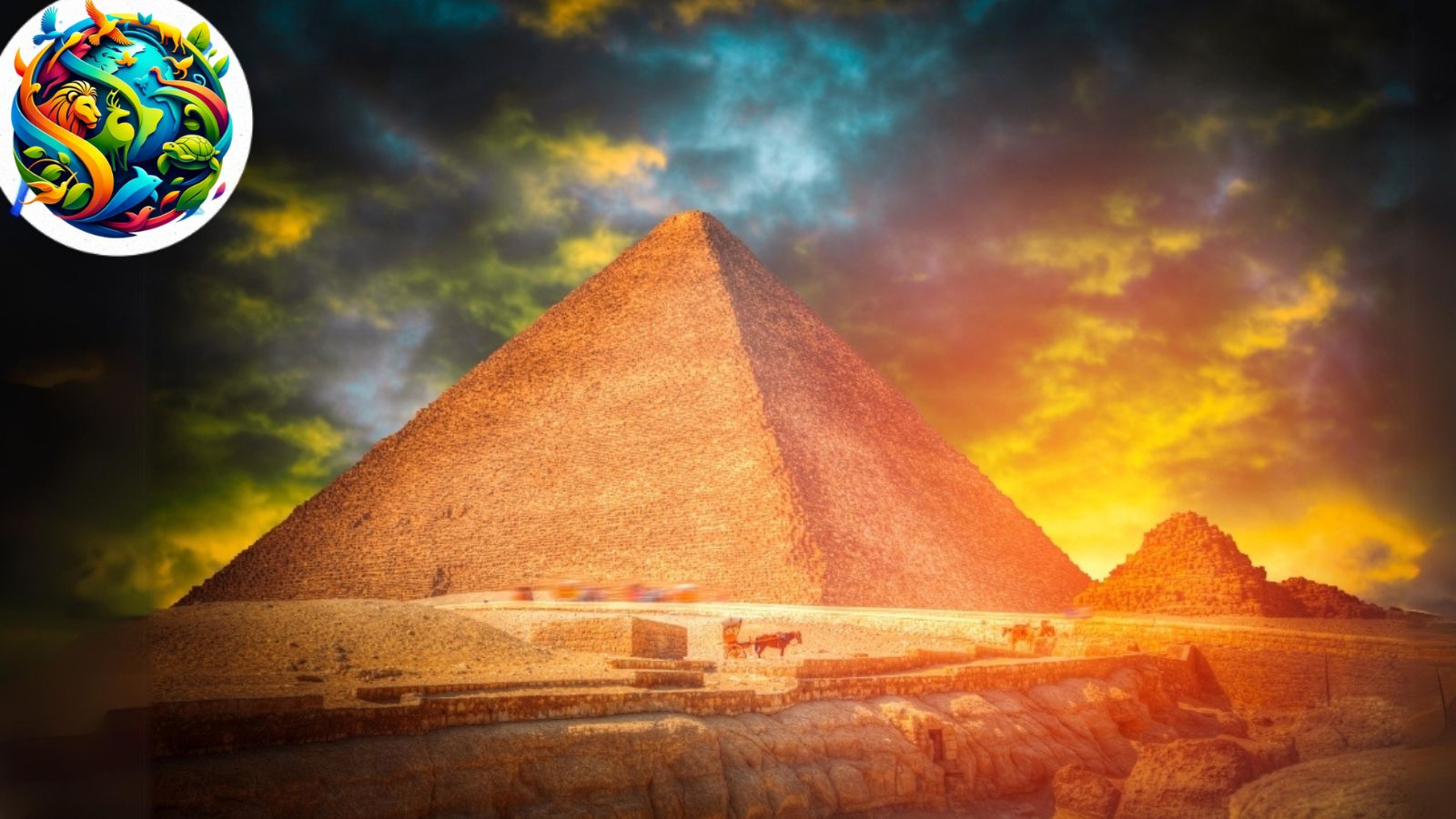
Three current standing pyramids can be found at Giza, where one pyramid is the largest and also the oldest among the three. The construction dates back to around 2560 BCE. Surrounding the base of the pyramid are approximately 230 meters of Tura limestone smooth white stones, which are the walls of the pyramid. The architecture combined with the astronomy knowledge includes various rooms, tunnels, and other locations, which include the Grand Gallery and King’s Chamber.
The Taj Mahal in India. One of the Ten Greatest Works of Architecture
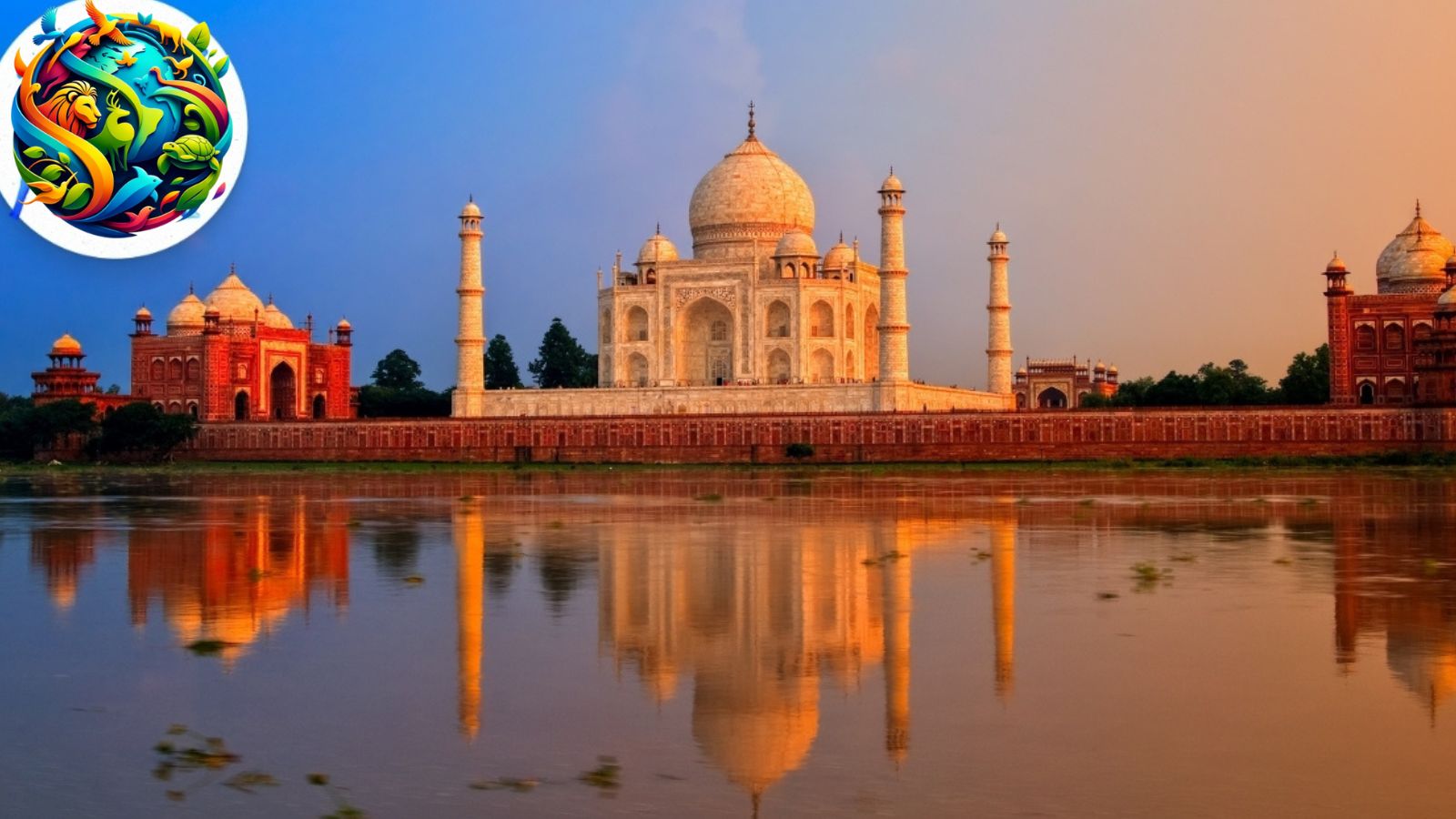
The Taj Mahal is a mausoleum built by the Mughal emperor Srj Shah Jahan in respect for his wife Mumtaz Mahal. It is historically regarded as the best example of Indo-Islamic creation. It is replete with Indian, Persian, and Ottoman features such as stone patterns and calligraphy. Constructing this tomb lasted two decades. The Taj Mahal is intricately designed with manicured gardens and exquisite love and beauty centered around a dome.
Rome’s Colosseum.
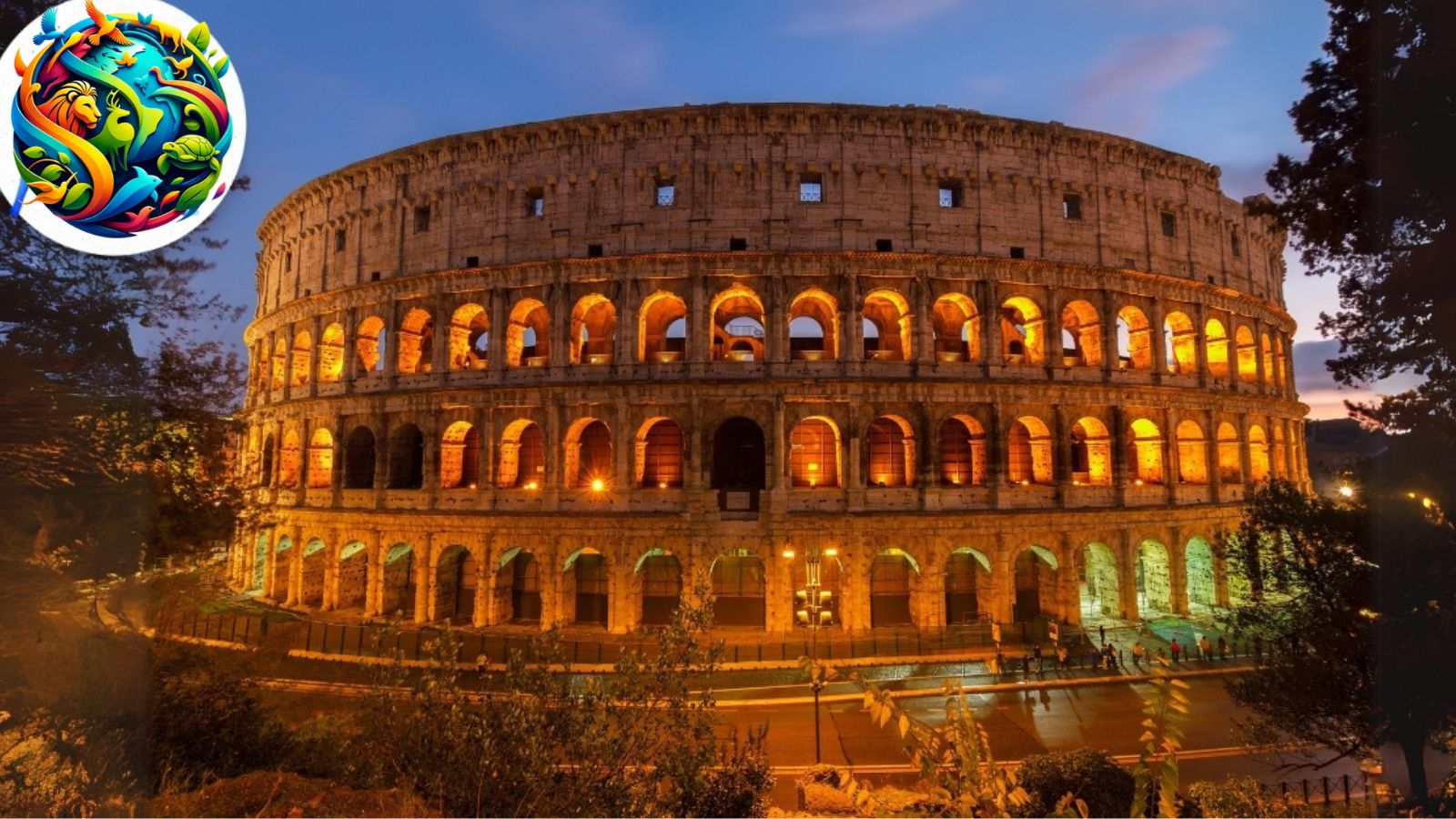
In the year 80 AD, Emperor Titus unfolded the Colosseum, and on different occasions, this building has also been tagged as the Flavian Amphitheater. The Colosseum hosted adventurous events such as gladiatorial contests, naval reenactments, and barbarian hunts. An estimate of 80 thousand spectators could fit in there for entertainment purposes. With the installment of seats, all ticket holders occupied their designated spots, ensuring an unobstructed view of the event. All in all, given the series of desecrations and plunderings that it has experienced, it remains a distinct example of how expertly the Romans built and operated their Centre of leisure and entertainment.
France’s Eiffel Tower in the distance. One of the Ten Greatest Works of Architecture
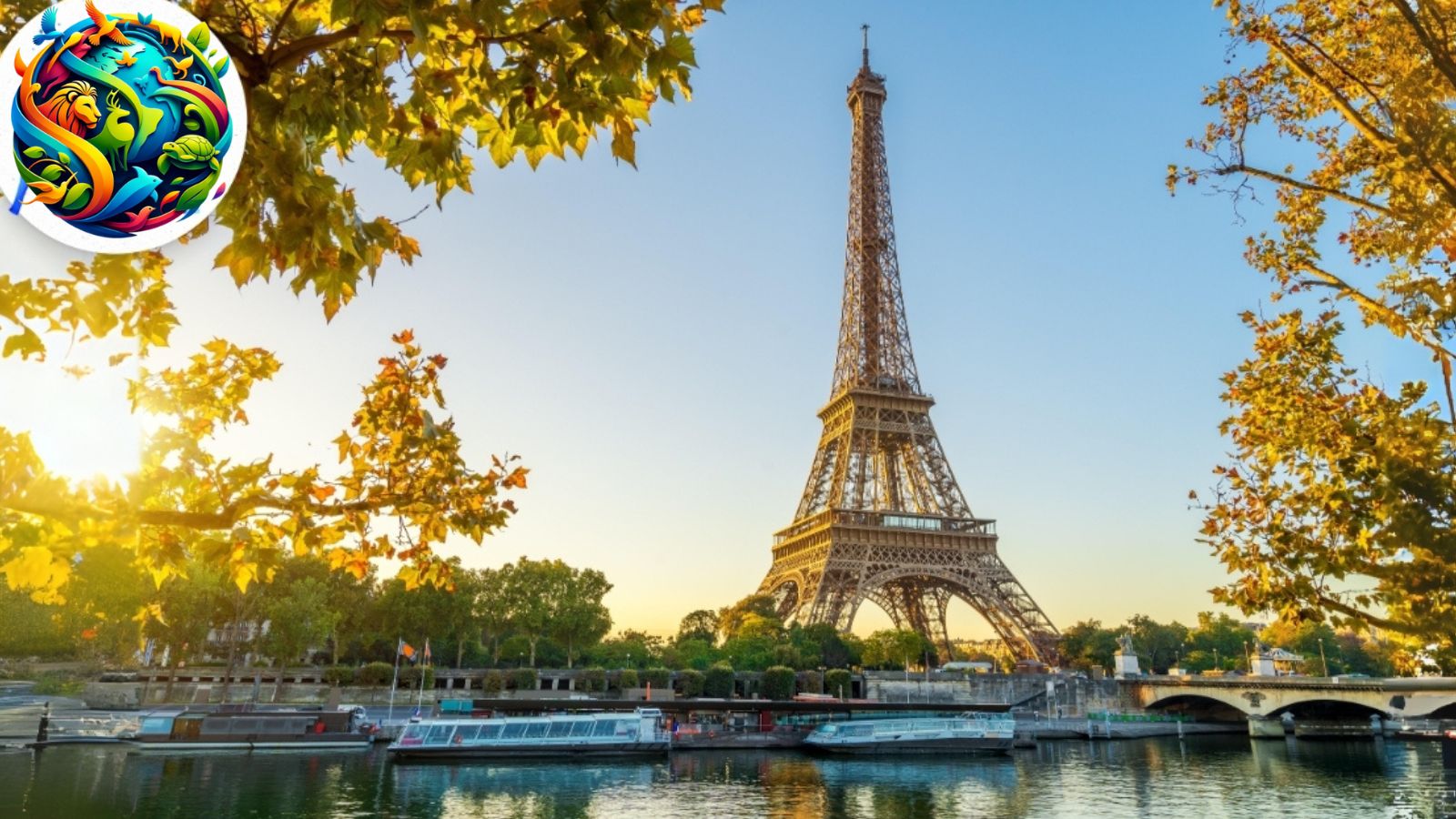
Going back in time, during the Eiffel Tower’s inception for the Paris Exposition Universelle in 1889, it was one of the most controversial structures. There is no doubt that it remains one of the most patriotic symbols of France and Paris even to this day. The Chrysler Building in New York City broke the record for the tallest building when it was completed in 1930, standing at 1.06 meters. The building was composed of over 18,000 iron components. It has observation platforms and lattice configurations from which one can see the city in all directions.
The Opera House in Sydney, Australia.
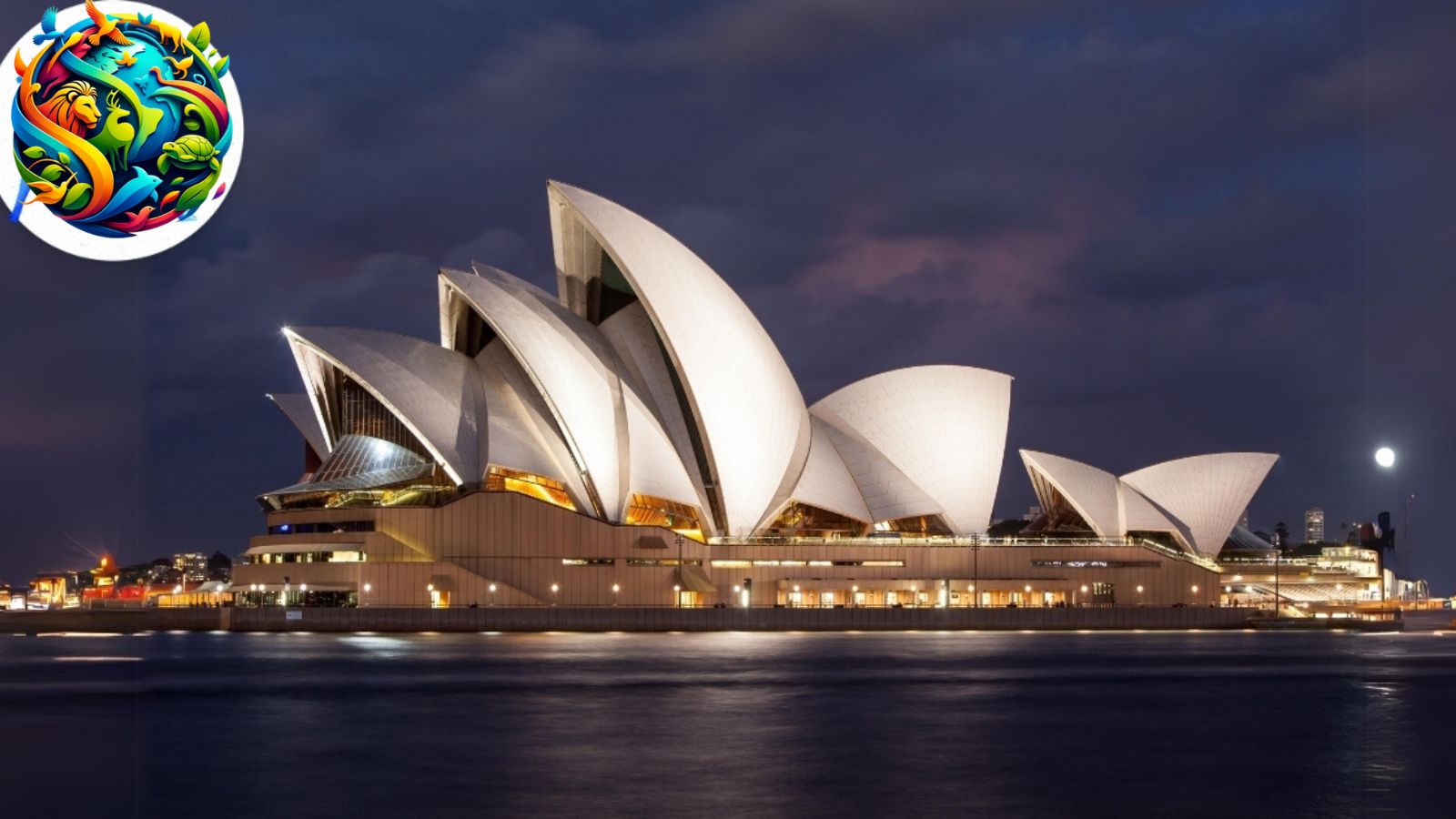
Jørn Utzon’s design of the Sydney Opera House is another striking feature of this structure: it is located on an inlet with a roof shaped like sails. Other structural innovations, including the precast concrete sector, were also incorporated into the Sydney Opera House construction program, which took place from 1959 to 1973, for a total of 14 years. There are over 1,500 seasonal events offered in the Sydney Opera House, which include various such as ballets, symphonic concerts, operas, theater, and more. It received UNESCO World Heritage Site designation as well.
The Sagrada Familia in Spain. One of the Ten Greatest Works of Architecture

Ticket revenue and private contributions solely support the construction of the building, which began in the year 1882 and is yet to finish. Antoni Gaudi, an architect who religiously worships God, Catalan culture, and nature, elegantly designed the building. The distinctive styling of the Sagrada Familia is unforgettable. Certainly, this kind of combining cannot be executed in this world, and more so, Gaudi’s vision of a transcendent space is in fact the result of his work. Otherwise, it would be a question about extraterrestrial beings and space gods because the work is too close to today’s reality.
In China, the Forbidden City
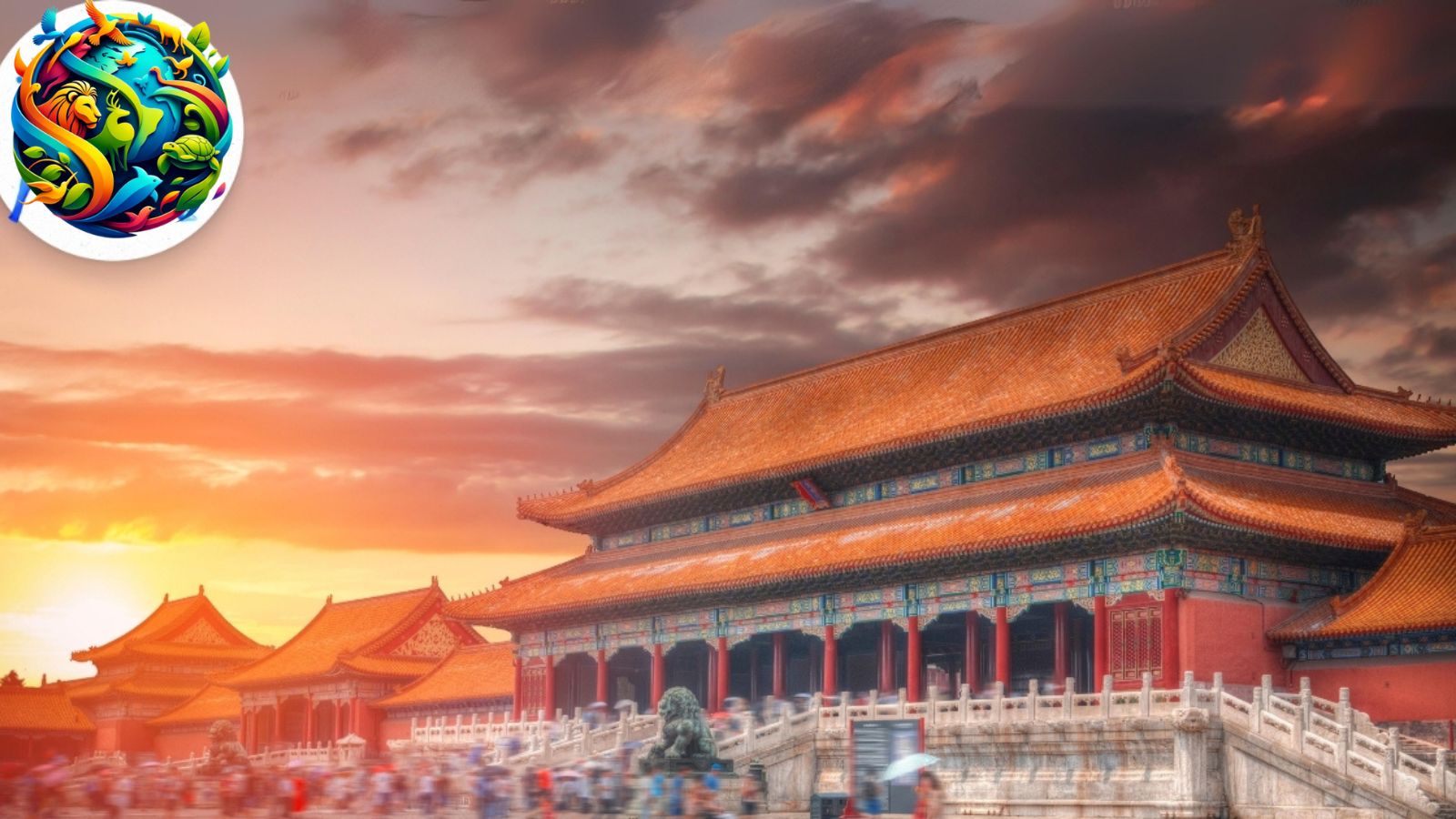
Constructed during the Ming Dynasty in the 1400s in China, the Forbidden City is regarded as the center of the Empire and has more than five centuries of governance. The grandiose architectural complex, which consists of over 980 buildings along with ceremonial halls, gardens, and even residences, is surrounded by high walls and moats. The centerpiece of Chinese imperial architecture, the Forbidden City, features magnificent carvings, stunning roofs, and wonderful design all aimed at promoting auspiciousness. In addition, the focus of its construction was a concept of balance, harmony, and symbolic representation of sorts that highlighted the aspects of traditional Chinese culture.
City of Dubai’s Burj Khalifa

The tallest structure on the planet, Burj Khalifa, is 2717 m tall and towers over the distinctive features of Dubai. It was built with the architectural skyscraper design of Adrian Smith that is Islamic in character and is a depiction of a desert. It has a simple and smooth glass-curved exterior. The viewing decks on the 124th and 148th floors exhibit a view of the city and the Arabian Gulf. There is a heavy influx of visitors from different nations every year.
The Parthenon in Athens, Greece
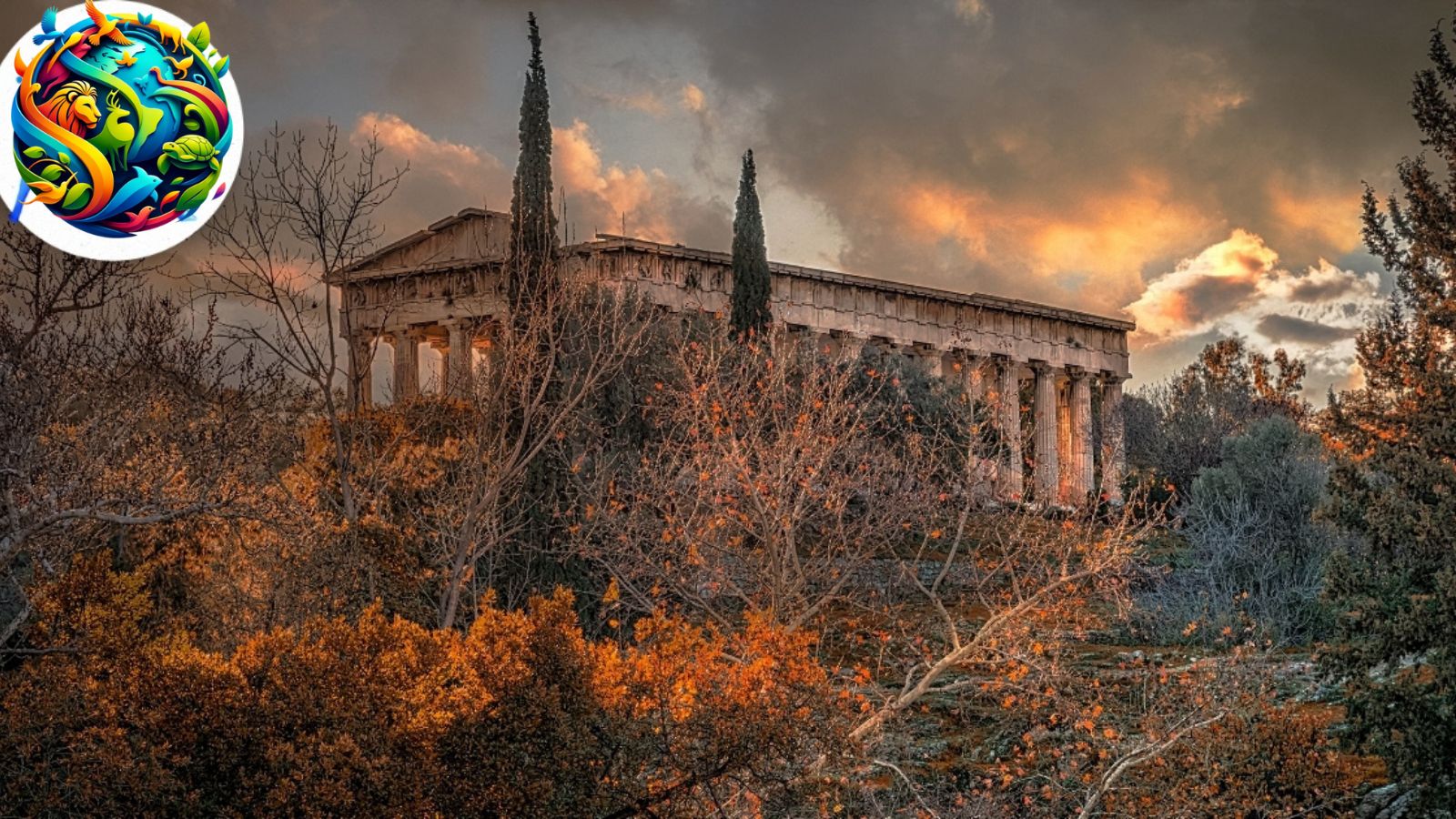
The Parthenon is one of the most famous Athens buildings, with the Temple of Athena Nike and the Erectheion. This temple is located on top of a rock shelf on a hill, which allowed the Ancient Greeks to view it as a sign of freedom and progressive movement. These exquisite buildings’ sculptures were carved from marble and built in the doric and ionic styles. Complex friezes depicting myths of the city’s patrons and their achievements in the war and artistic direction were constructed around them.
Fallingwater, USA
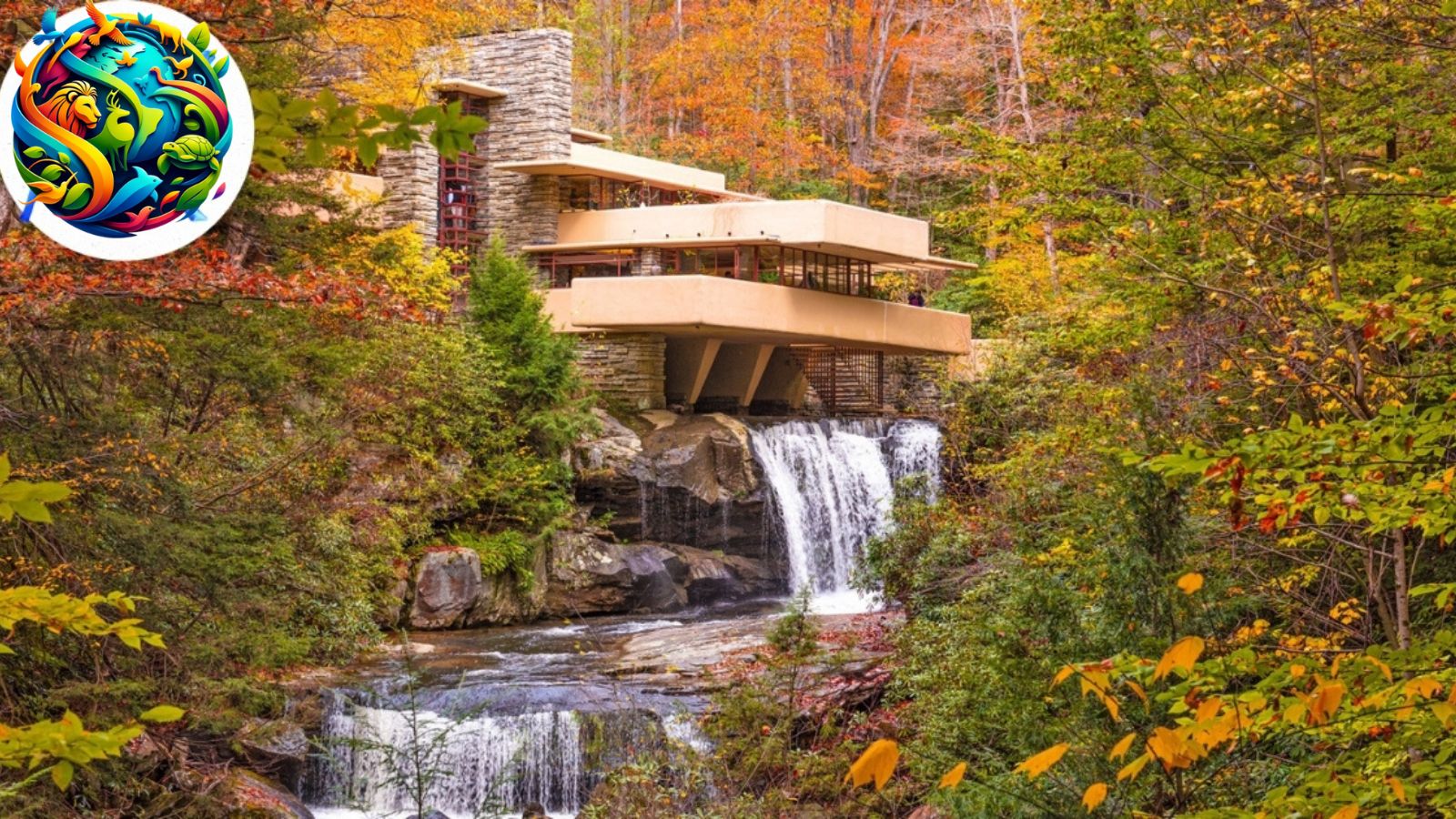
This magnificent structure was constructed by Frank Lloyd Wright in the year 1935, and it has a coalescent organic shape that makes it able to blend into enduring landscapes. The house sits in the Lauren Highlands in Pennsylvania. It overlooks Bear Run. It was built with boulders and rocks and a naturally flowing stream in mind. As an architect, Wright was inventive in his application of steel, concrete, and sandstone, which began to blur the boundaries between the indoors and outdoors. Such actions allow people to experience a greater bond and comfort in nature.
Conclusion
These buildings, from both ancient Egypt and the present, define how intelligent, artistic, and versatile in culture people are, and we admire how aesthetically pleasing and important these structures are. As long as we cherish them and preserve them, future generations will be enlightened to their significance. These actions will assist you in retaining them for a longer period of time.



I discovered your blog web site on google and examine a number of of your early posts. Proceed to maintain up the excellent operate. I simply extra up your RSS feed to my MSN News Reader. Looking for ahead to studying more from you afterward!…
fascinate este conteúdo. Gostei bastante. Aproveitem e vejam este site. informações, novidades e muito mais. Não deixem de acessar para descobrir mais. Obrigado a todos e até a próxima. 🙂
Great blog right here! Also your web site lots up very fast! What host are you the usage of? Can I am getting your associate hyperlink to your host? I wish my website loaded up as fast as yours lol
Very nice post and right to the point. I don’t know if this is in fact the best place to ask but do you people have any ideea where to get some professional writers? Thx 🙂
This is a very good tips especially to those new to blogosphere, brief and accurate information… Thanks for sharing this one. A must read article.
I got good info from your blog